Dog Dewclaws: Function, Removal, and Care Explained
Regular nail maintenance helps these extra toes boost traction and reduce snag injuries.
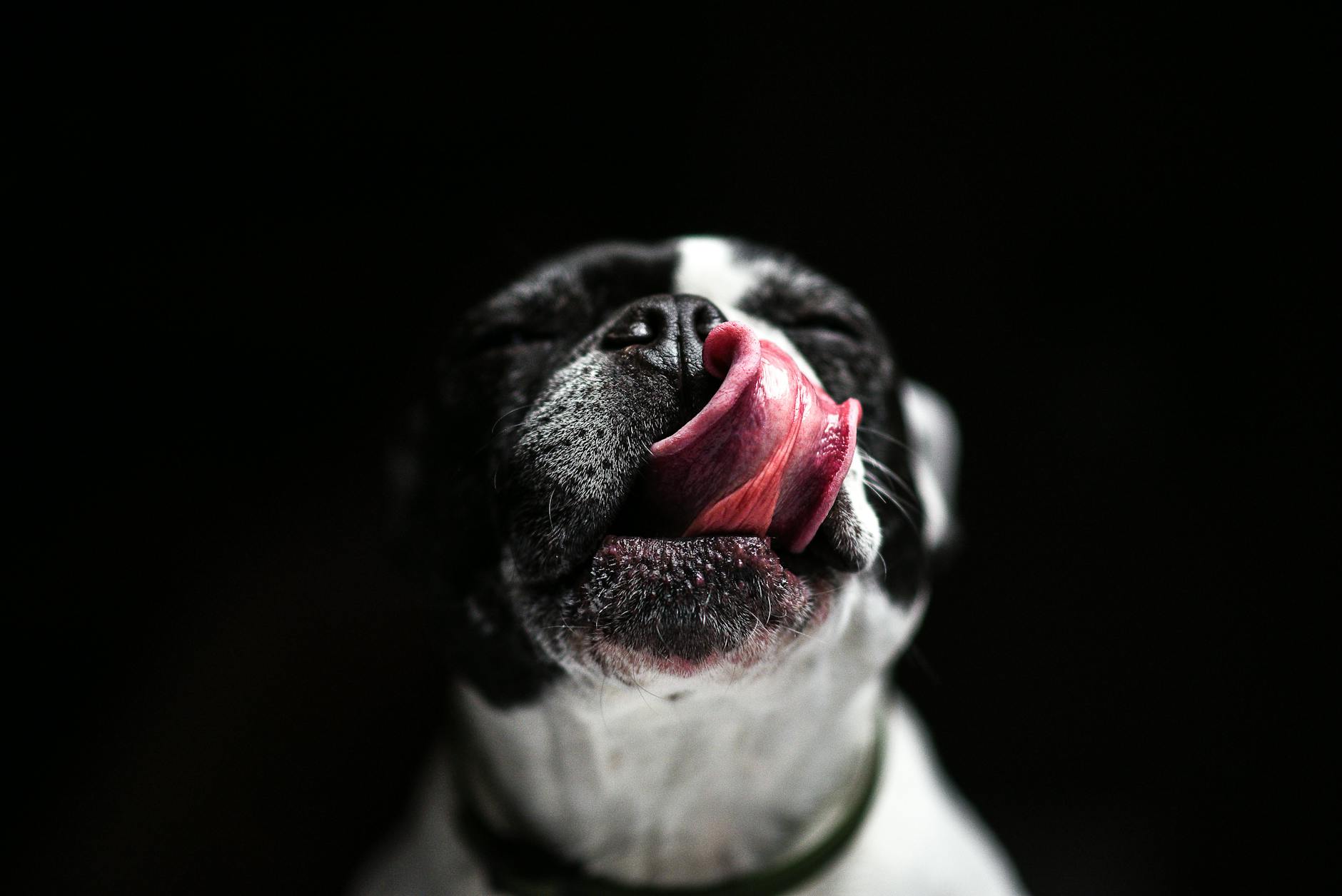
Dog Dewclaws: Everything You Need to Know
Dewclaws are a unique feature found on many dogs, prompting questions from concerned owners and dog lovers alike. These extra digits have practical, historical, and sometimes cosmetic significance within the canine world. This article covers what dewclaws are, their function, the debate about their removal, breed-specific considerations, and answers to common questions to help you make informed decisions for your pet.
What Are Dewclaws?
Dewclaws are the small, often thumb-like digits located higher up on a dog’s leg—usually on the inside of the front legs and, in some breeds, on the rear legs as well. Most dogs are born with dewclaws on their front legs. Some breeds also have single or even double dewclaws on their hind legs, an attribute that is often breed-dependent or genetically inherited.
- Typically found on the inner side of the front legs
- Some breeds have hind dewclaws—single or double
- Can be firmly attached by bone or connected loosely by skin
Why Do Dogs Have Dewclaws?
Experts don’t fully agree on the evolutionary purpose of dewclaws, but modern research hints at several useful functions—especially in active and working dogs. According to the American Kennel Club’s experts, dewclaws:
- Help grip objects, such as holding bones or toys between the front legs
- Provide extra traction and stability when running at high speeds or turning rapidly
- Offer additional grip on slippery surfaces, like ice, or when climbing out of water
- Assist dogs with climbing or scrambling up rocky or steep terrain
In certain herding and guarding breeds—such as the Great Pyrenees, Briard, and Beauceron—double hind dewclaws developed. For example, in the Great Pyrenees, double dewclaws act as a ‘brake’ when racing down slopes. The Briard and Beauceron, both herding and guarding breeds, use them for stability over challenging terrain.
| Breed | Front Dewclaws | Rear Dewclaws | Function |
|---|---|---|---|
| Great Pyrenees | Yes | Double | Braking/stability on slopes |
| Briard | Yes | Double | Guarding/herding over rough terrain |
| Beauceron | Yes | Double | Herding, terrain mobility |
| Norwegian Lundehund | Yes | Multiple | Scaling cliffs |
It’s worth noting that wolves and most wild canids do not possess these ‘extra’ hind digits, except in cases where their ancestry has been influenced by domestic dogs.
The Role of Dewclaws in Canine Sports
Dewclaws can be especially valuable in canine sports. Fast and agile breeds, including Border Collies and Whippets, frequently utilize their dewclaws for cornering and stabilizing themselves during high-speed maneuvers. Likewise, in dog agility, dewclaws can help dogs grasp equipment (such as the sides of a teeter board) for greater balance and control.
Should Dewclaws Be Removed?
The question of dewclaw removal is a subject of ongoing debate among veterinarians, breeders, and dog owners. The following factors are often considered:
- Injury Risk: Dewclaws can sometimes snag or tear, causing pain and potentially significant injury. Very active dogs may be at higher risk of dewclaw-related injuries, particularly if the dewclaw is loosely attached.
- Preventative Removal: Some breeders choose to remove dewclaws within the first few days of a puppy’s life. At this early age, the nervous system is not fully developed, and removal generally involves little pain or lasting negative effects.
- Breed Standards: Some breed standards require dewclaws—especially in working breeds—while others expect them to be removed. For example, double rear dewclaws in the Great Pyrenees are part of the breed’s standard, whereas other breeds might disqualify dogs for having rear dewclaws.
- Regional Laws: Laws regarding dewclaw removal can vary by country and even state. For example, some regions may view unnecessary dewclaw removal as cruelty and restrict or fine for the practice.
Arguments in Favor of Removal
- Reduces risk of accidental tears or trauma, especially in active breeds
- May prevent infections related to rips or poorly maintained claws
- Often performed alongside other neonatal procedures such as tail docking
- Done early, it typically causes minimal pain and leaves no lasting effects
Arguments Against Removal
- Functional benefits for certain performance or working dogs
- May be required or desired for conformation/breed standard reasons
- If attached by bone, removal is more invasive in adult dogs
- Unnecessary surgery in breeds where dewclaw injury risk is minimal
When Is Dewclaw Removal Necessary?
While routine removal in puppies is often painless (due to their undeveloped nervous system), dewclaw surgery in adult dogs is usually only recommended if:
- The dewclaw has become injured, torn, or infected
- There is ongoing trauma due to activity, conformation, or environmental factors
- A loose or poorly attached dewclaw poses a persistent risk
Veterinarians typically perform removal procedures under anesthesia in older dogs to minimize discomfort and risk.
Breed Standards and Dewclaws
Breed clubs and official standards frequently influence dewclaw decisions. Here is how some standards handle this anatomical feature:
- Required: Some breeds (e.g., Great Pyrenees, Briard, Beauceron) require double rear dewclaws per the breed standard.
- Disqualified: Other breed standards (such as some retrievers, like the Chesapeake Bay Retriever in the U.S.) disqualify dogs with rear dewclaws.
- Ignored/Optional: Certain countries and kennel clubs have no mention or requirement regarding dewclaws in their breed standards.
Laws and standards may also vary between regions. For instance, while the American Chesapeake Club has clear guidance on rear dewclaws, other countries’ standards are more lenient or silent on the matter.
How to Care for Dewclaws
If your dog has dewclaws, they require routine maintenance like the rest of your dog’s nails:
- Trim regularly to prevent overgrowth and snagging
- Check for signs of injury or infection; watch for redness, swelling, or limping
- For breeds with floppy or loosely attached dewclaws, monitor after vigorous activity
Neglected dewclaws can curl back towards the skin, embed themselves, or tear when caught, leading to discomfort and costly veterinary care. Keeping them trimmed and inspected is an easy preventative measure.
Myths and Misconceptions About Dewclaws
- Not all dewclaws are useless vestigial digits. For many working and sporting breeds, they serve a purpose.
- Dewclaw removal is not always required. Unless there is a medical or practical reason—or breed standard dire—removal may be unnecessary.
- Removal in adulthood is more complex and painful than neonatal removal and only done for medical reasons.
- Some dogs are born without dewclaws due to genetics or selective breeding.
FAQs About Dog Dewclaws
Q: What’s the best way to trim a dog’s dewclaws?
A: Trim them just like normal nails using a dog nail clipper or grinder. Take care not to cut the quick, and check dewclaws frequently as they don’t wear down naturally during walking.
Q: My dog ripped a dewclaw. What should I do?
A: If the injury is minor (just a small crack or cut), clean the area and monitor for infection. For severe bleeding, dangling claws, or signs of significant pain, seek immediate veterinary care.
Q: Are all dewclaws attached the same way?
A: No. Some are firmly attached by bone and provide real function; others are attached by skin only and are more likely to be torn or injured.
Q: Should puppies have their dewclaws removed?
A: This is a decision best made with your breeder and veterinarian, taking breed, activity level, and future plans (e.g., showing, working, or companionship) into consideration.
Q: Does dewclaw removal hurt?
A: Removal in very young puppies typically causes little pain if performed by a veterinarian. Adult removal requires anesthesia and carries more risk and discomfort.
Q: Do wild canids like wolves have dewclaws?
A: Wild canids rarely have dewclaws on their hind legs unless they have domesticated dog ancestry, but most have front dewclaws, which are less likely to be removed or absent through evolution.
Summary Table: Dewclaws by the Numbers
| Aspect | Front Dewclaws | Rear Dewclaws |
|---|---|---|
| Presence | Common in all breeds | Breed-dependent; often double in herding/guard breeds |
| Function | Grip, stability, help with turning | Stability on slopes, breed standard, historic function |
| Removal | Optional, based on activity/injury risk | Required in some breeds, optional or disqualified in others |
Key Takeaways
- Dewclaws can serve important functions, especially in active, working, or sporting dogs
- Removal is not always necessary or recommended; talk to your veterinarian and breeder given your dog’s breed and activity level
- Routine trimming and monitoring of dewclaws is the best way to avoid health issues
- Understand your breed’s standard and any legal requirements in your region
Whether you choose to keep or remove your dog’s dewclaws, regular care and attention are essential. Consult your veterinarian or professional breeder for personalized advice to keep your companion healthy and happy.
References
- https://www.akc.org/expert-advice/health/what-are-dog-dewclaws/
- https://amchessieclub.org/the-dew-claw-dilemma-rear-dos-and-donts/
- https://www.akc.org/legislative-alerts/new-jersey-problematic-bill-may-make-dewclaw-removal-cruelty-contact-lawmakers/
- https://www.akc.org/wp-content/uploads/2021/11/DispellingMythsCroppedDockedDewclawsDebarking.pdf
- https://www.whole-dog-journal.com/care/dew-claw-removal/
Read full bio of Anjali Sayee


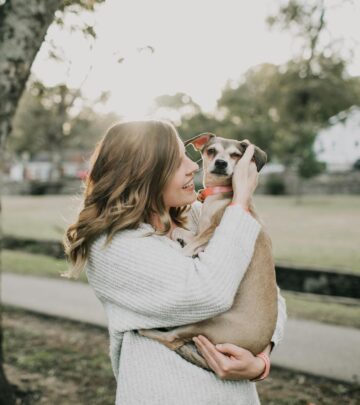
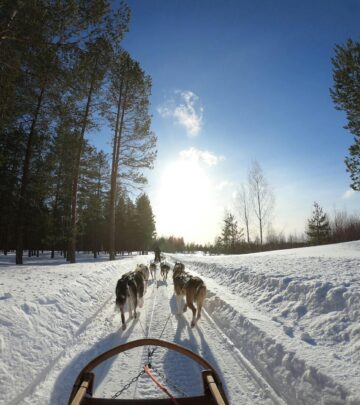
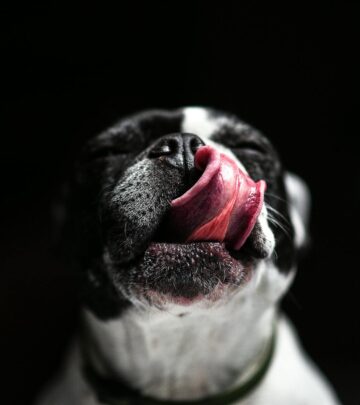
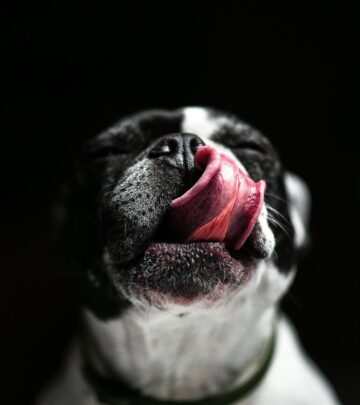





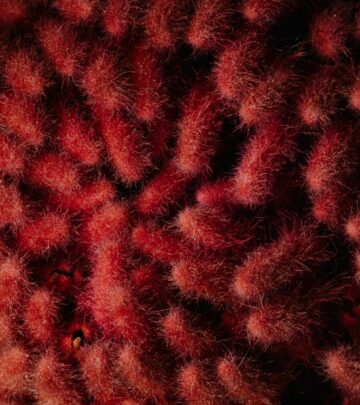





Community Experiences
Join the conversation and become a part of our empowering community! Share your stories, experiences, and insights to connect with other beauty, lifestyle, and health enthusiasts.